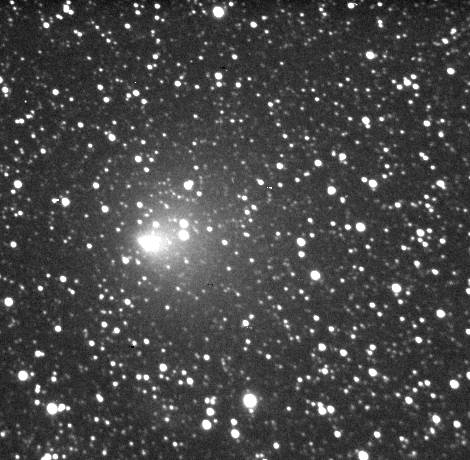 |
November 27: Tonight I observed two comets: Encke and C/2002 T7 (Linear). This image of Encke was comprised of four 45 second images summed together. |
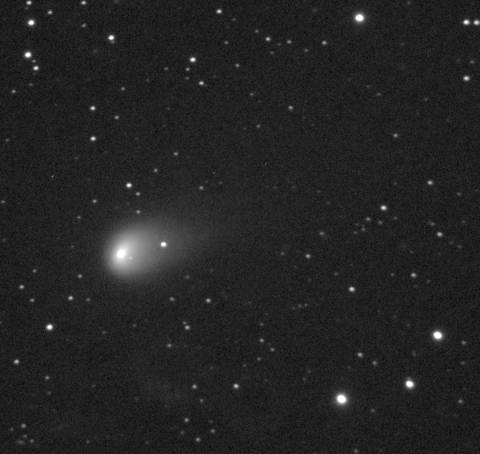 |
November 27: The second comet images tonight was C/2002 T7 (Linear). This image was comprised of six 45 second images summed together and log scaled. Clearly Linear was located in a much more sparse star field than was Encke! |
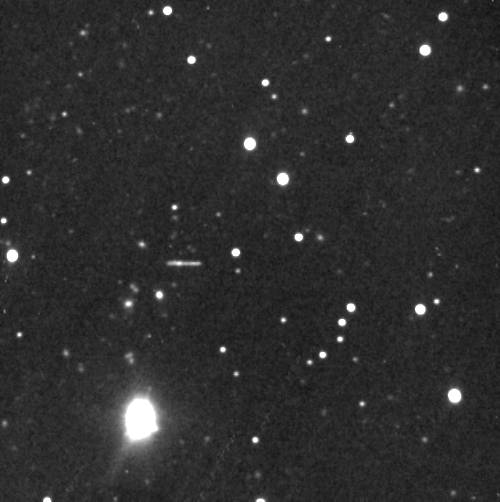 |
November 16: Tonight I imaged the asteroid (6898) Saint-Marys named for Saint Mary's University. More info on this asteroid can be found here. The short "dash" represents about one hours motion of the asteroid among the starry backdrop. About 120 thirty second images were added together to form this image. |
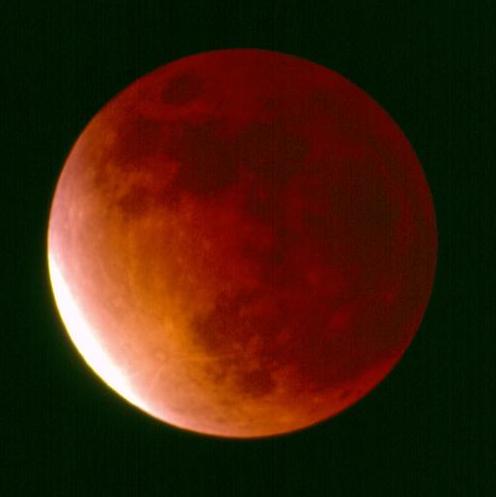 |
November 8: Tonight provided excellent clear skies for the Total Lunar Eclipse. The weather was bitterly cold and windy, but the dome and the company of Clint Shannon and Mary Lou & Lloyd Whitehorne made the night very pleasant. The image at right was taken with the Tele Vue 4-inch Genesis refractor plus a 2" barlow giving about 1300mm at f/13. The exposure time was 4 seconds. |
 |
September 2: Craig Levine and I took the first two colour images at ARO tonight, including this image of M27 (the Dumbbell Nebula) which consisted of about 7.5 minutes of exposure time through each of red, green, and blue filters. I had a lot of trouble focusing and I didn't get around to taking flat fields through each filter - given all of that, I'm really happy with the result. I do have a lot to learn about colour balancing these images - it appears the colour it is because I made it that way! |
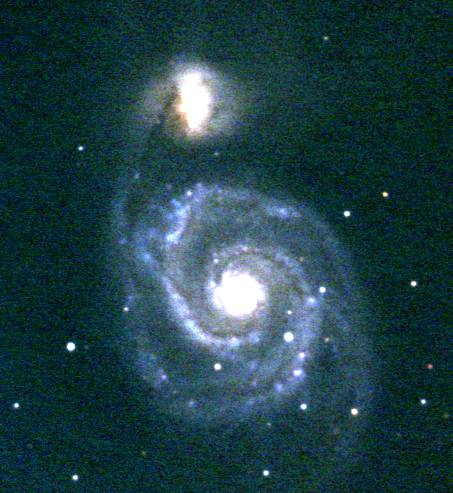 |
September 2: This colour image of M51 was also taken, but I didn't take enough exposures so the colour is quite "grainy". It consisted of only which consisted of about 4 minutes of exposure time through each of red, green, and blue filters. |
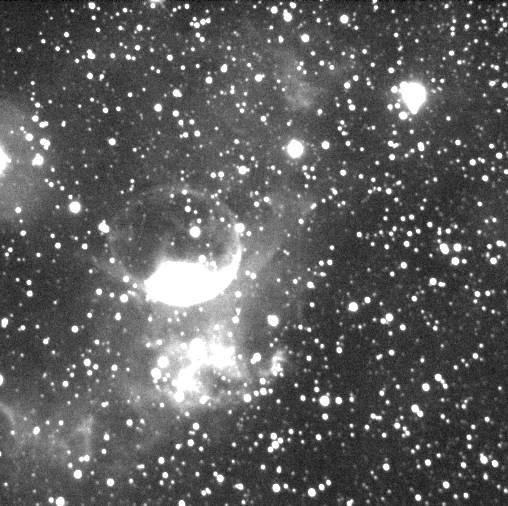 |
August 28: This is an image of the part of the Bubble Nebula in Cygnus (~7 minutes - 9 x 45 seconds stacked). Craig Levine joined me during this session. |
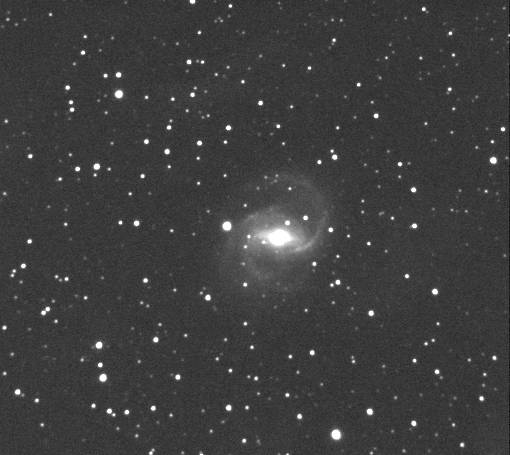 |
August 28: This is an image of the barred spiral galaxy NGC6951 in Cepheus (~9.5 minutes - 13 x 45 seconds stacked). |
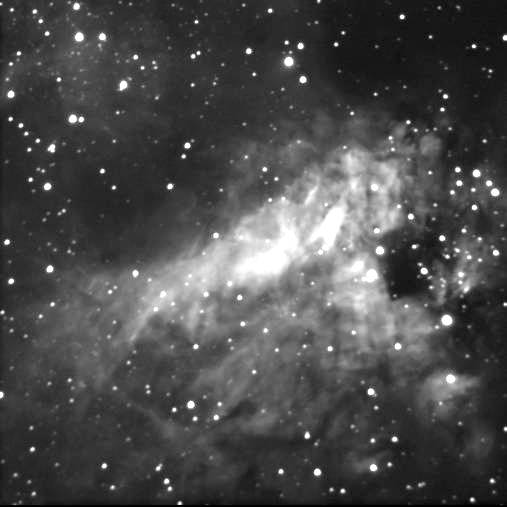 |
August 15: This is an image of the Swan Nebula (M17) in Sagittarius (~7.5 minutes - 10 x 45 seconds stacked). |
 |
August 15: This is an image of the Eagle Nebula (M16), the emission and dark nebula made famous by the spectacular image taken by the Hubble Space Telescope (~7.5 minutes - 10 x 45 seconds stacked). |
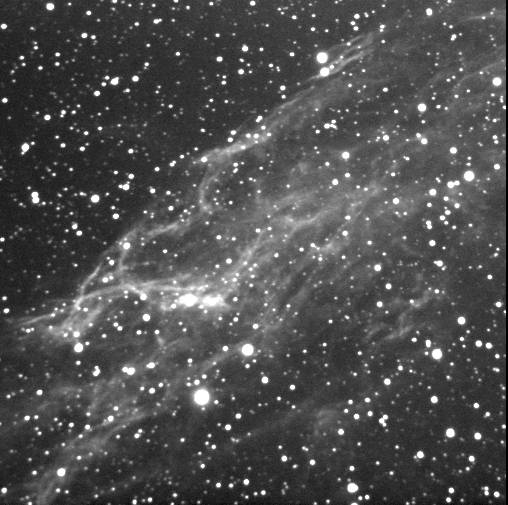 |
July 30: This is an image of part of the Veil Nebula, a supernova remnant in Cygnus (~7.5 minutes - 10 x 45 seconds stacked). |
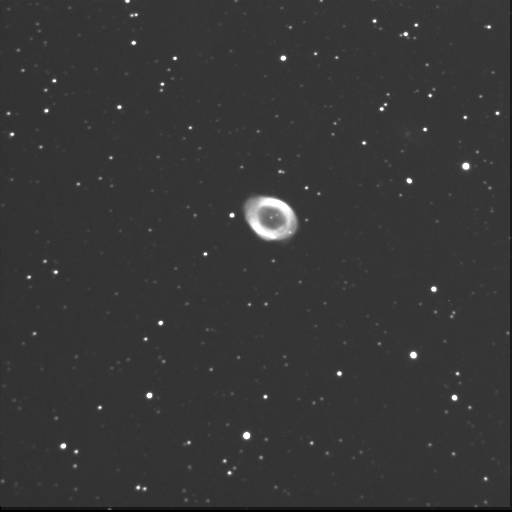 |
July 29: This is an image of the well-known planetary nebula M57 (the ring nebula) in Lyra (~3 minutes - 6 x 30 seconds stacked). |
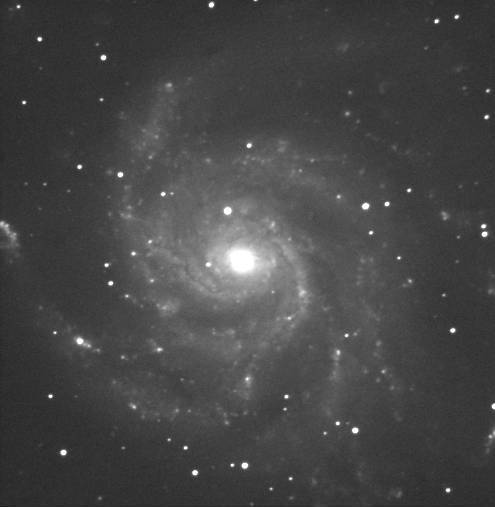 |
July 25: After lots of clouds and fog, a brief vacation, and some equipment problems, I finally had a clear, but humid summer night for some observing. This is an image of the well-known galaxy M101 in Ursa Major (~11 minutes - 15 x 45 seconds stacked). |
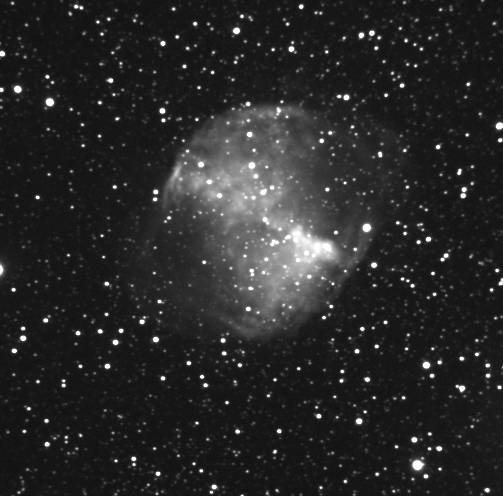 |
July 25: An image of the Dumbbell Nebula - M27 - in Vulpecula (~11 minutes - 15 x 45 seconds stacked). |
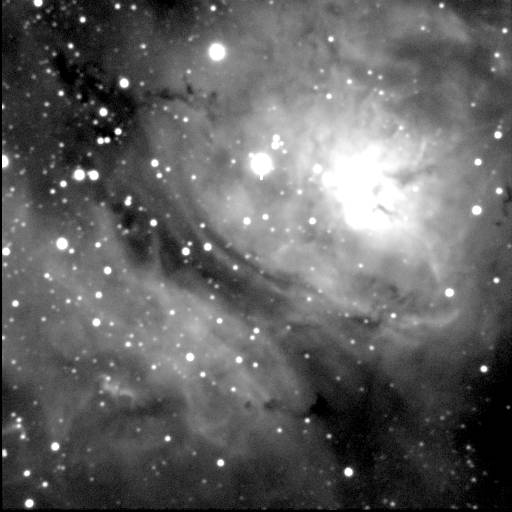 |
July 25: An image of the central part of the Lagoon Nebula - M8 - in Sagattarius (~4 minutes - 8 x 30 seconds stacked). |
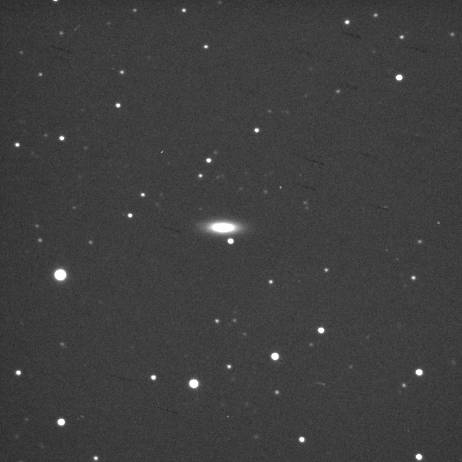 |
June 6: This faint galaxy is NGC 2726 in Ursa Major. It has no significance to anyone other than to Paul Gray and I. We discovered a supernova in it (SN1995F) in February of 1995 (10 minute exposure - 10 x 1 minute stacked). |
 |
June 6: A 15-minute exposure of M51, the Whirlpool Galaxy (15 x 1 minute exposures stacked). The image was deconvolved to increase resolution using the Maximum Entropy algorithm. It was also log-scaled to show detail in faint and bright areas. Stars are detected to about 20th magnitude. Note the two other faint galaxies in the field. |
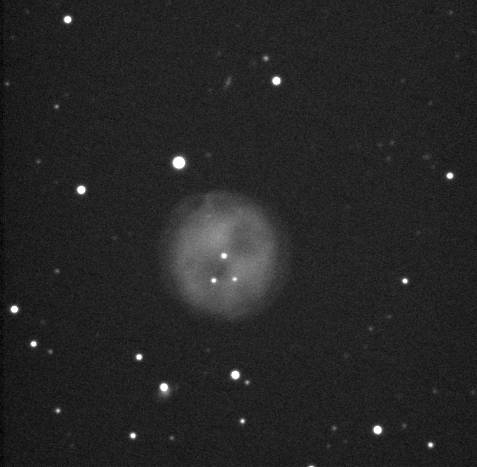 |
June 6: This is a nine minute shot (9 x 1 minute exposures stacked) of M97, a "planetary" nebular also known as the Owl Nebula. |
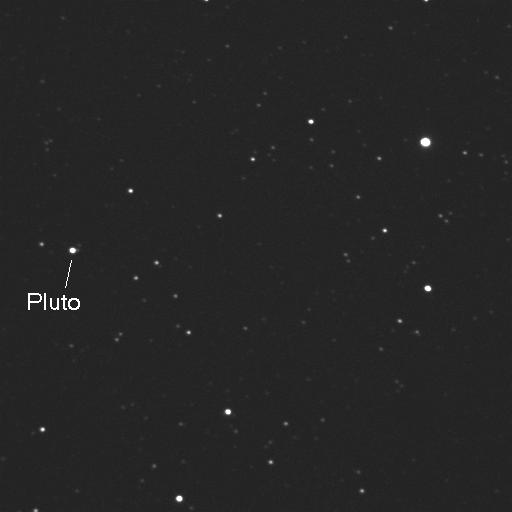 |
June 6: The Titan mount is proving to be incredibly accurate. Finding pluto was a simple as clicking on it in ECU and pressing "Center Scope" (1 minute exposure).
In addition to imaging the objects shown here I also did some serious stuff. First, I collimated the telescope. It was way off and the images from tonight were much better than "first-light" night. Then I imaged four faint asteroids. In order to get my own "observatory number," which will allow me to submit observations to the Minor Planet Center, I have to prove myself by sending in position measurements of well-known asteroids which they use to verify that I know what I'm doing (do I?) and my equipment is capable of making accurate enough position measurements. |
Last Updated: December 16, 2003.
